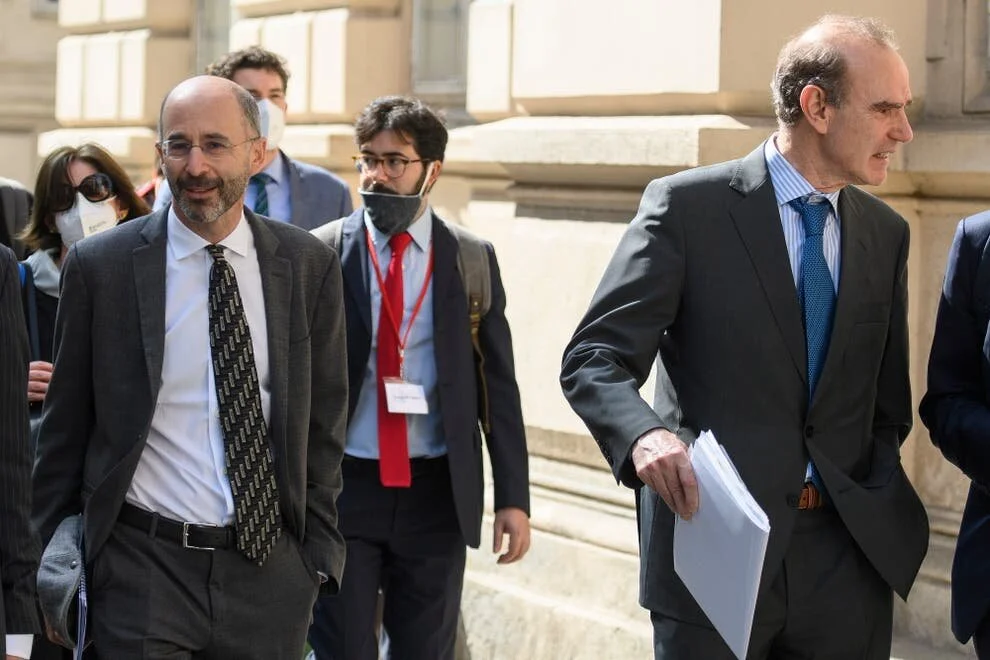Media Guide: The Raisi Administration and Implications for the JCPOA
/By AIC Senior Research Fellow Andrew Lumsden
On August 5, 2021, Ebrahim Raisi was formally sworn in as Iran’s eighth President, succeeding two-term moderate leader Hassan Rouhani, putting conservatives in control of all levels of Iranian government for the first time in eight years.
Western analysts have long been concerned that this political earthquake could mean the end for the 2015 Joint Comprehensive Plan of Action (JCPOA or ‘Iran Nuclear Deal’), a pact between Iran, the United States and five other global powers which relieved some economic sanctions on Iran in exchange for strict limits on Tehran’s uranium enrichment program. The U.S., under former President Donald Trump, a JCPOA opponent, withdrew from the deal and re-imposed economic sanctions in 2018. Iran has since suspended compliance with the JCPOA’s regulations.
Read More




















